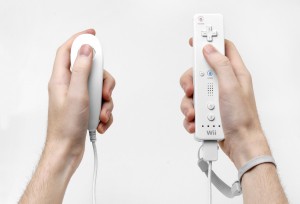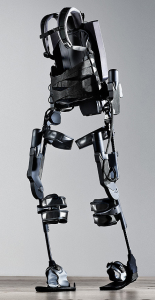If you are struggling with lower back pain that radiates down your leg, you might have hit the internet searching for answers, only to find the terms “sciatica” and “herniated disc” discussed frequently. This is because both conditions can cause debilitating back...
You open your eyes, stretch, and sit up, ready to start the day. But the moment your feet hit the floor, a sharp or aching pain shoots through your heels, arches, or the balls of your feet. Morning should feel refreshing, yet instead, you find yourself hobbling to the...
Are you a fitness enthusiast or a dedicated athlete who has suddenly been sidelined by a nagging, persistent pain in your calf and ankle? That sharp or aching sensation that flares up during or after activity could be the result of Achilles tendonitis. The Achilles...
Recent Advances in Physical Therapy

Physical therapy is always utilizing new techniques, exercises and methods to treat patients’ injuries and help them regain range of motion. It’s crucial for physical therapists and surgeons to work together, think creatively, and take advantage of breakthrough technology to determine the best therapeutic modalities for patient treatment.
Over the past few years, standout advances have been made in physical therapy, helping patients recover from injuries faster and more effectively.
Nintendo Wii
The Nintendo Wii has become a helpful tool in physical, occupational and neurological rehabilitation. This video game console comes with a remote that uses accelerometers and infrared detection to sense its position when pointed at the sensor bar, allowing users to control games with physical movements.
When patients play sports games on the Wii, they must perform repetitive motions such as swinging a tennis racquet or rolling a bowling ball. These motions help patients’ injuries by strengthening muscles and improving range of motion.
Using a video game system for rehabilitation is fun for patients and adds competition to the therapy. It also helps patients connect the repetitions with learning and practice as well as balance and movement, which can be especially beneficial after a stroke.
Rehabilitation Robots
Rehabilitation robots are tools that physical therapists use to assist in patient injury evaluation and treatment. The robots don’t replace the physical therapists but rather help them perform tasks that will benefit patients.
A patient who has suffered a stroke may not be able communicate the impairments he or she is experiencing. Rehab robots have been shown to improve the detection of post-stroke impairments, which results in better therapy for the patient.
Some patients need treatment that requires a great deal of effort for the physical therapist, such as moving a patient who can’t walk. Rehabilitation robots can easily bear the weight, relieving physical therapists of this potentially painful duty.
Eventually, as rehabilitation robots become more advanced, they’ll be used to guide patients through repetitive movements. They’ll also be programmed with custom treatment plans to help restore functions to stroke patients.
Ekso Bionic Suit
The Ekso bionic suit helps individuals who have been paralyzed to stand up and walk using battery-powered motors that operate the legs to assist the patient with moving. It was designed to help physical therapists who treat numerous patients in a short period of time. This tool allows people to relearn proper step patterns and trains them to walk again after paralysis.
Consisting of three different levels of operation, the Ekso suit assists people who face various lower extremity weaknesses. One level requires a physical therapist to assign movements by pressing a button. The second level allows the patient to control the suit and make each step happen. With the third level, the suit makes movements based on the user shifting his or her weight.
The advances that have been made in physical therapy have greatly impacted patient treatment. With the new methods, techniques, and technology available today, patients are receiving advanced care and recovering more quickly and effectively than ever before.


